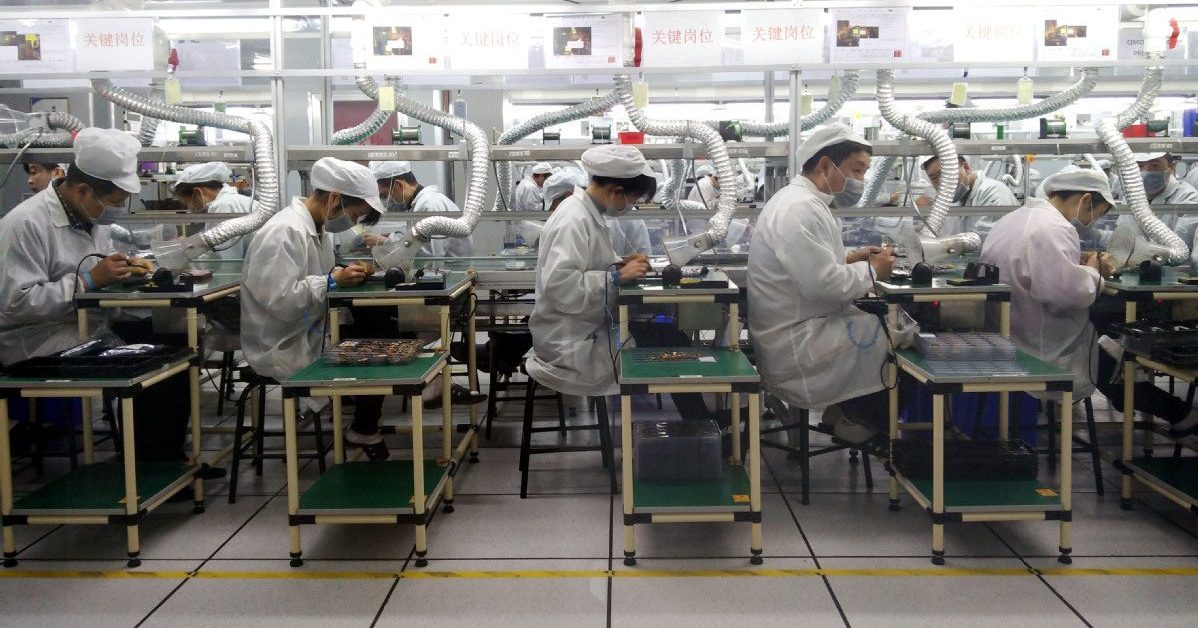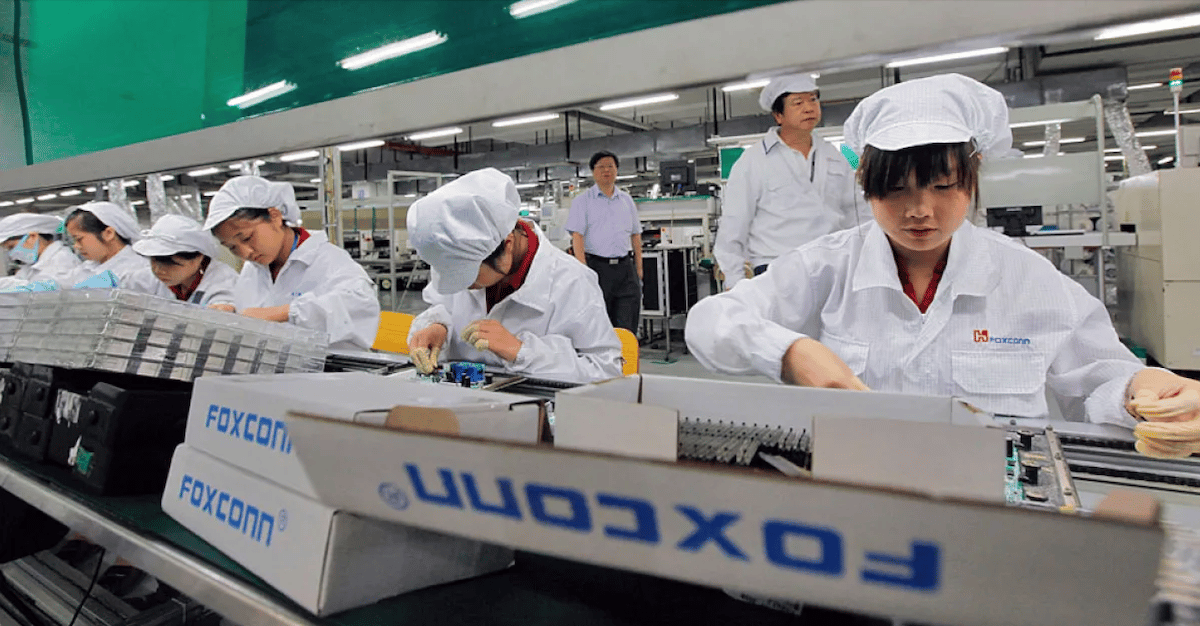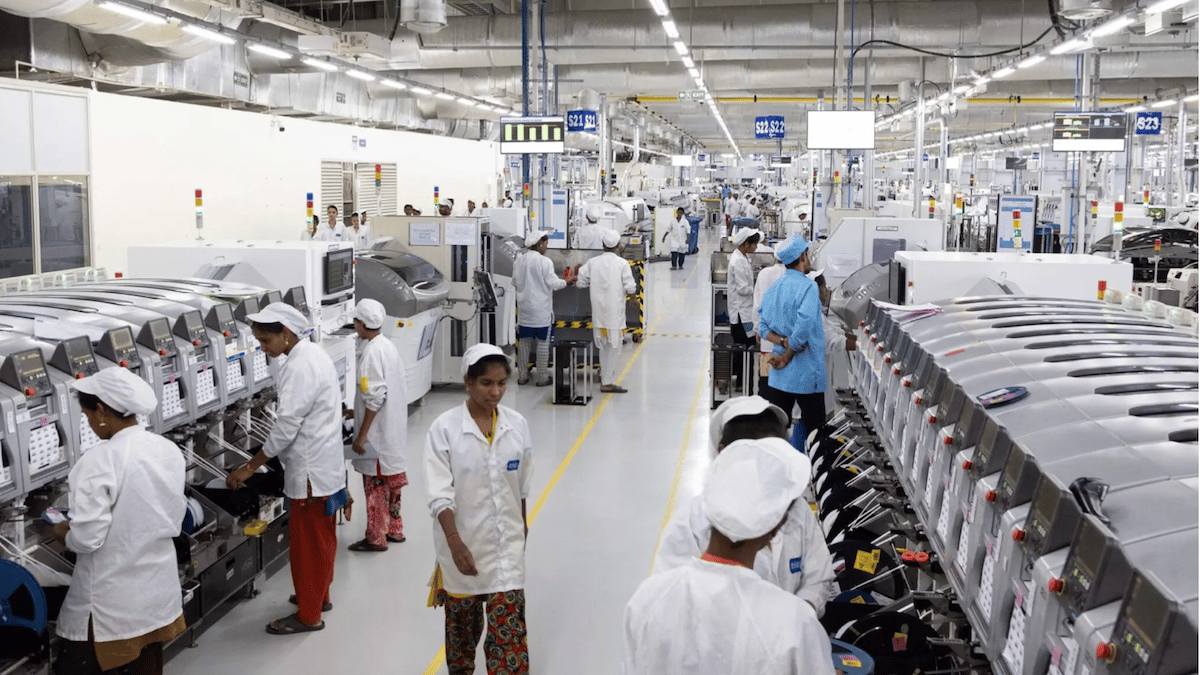According to a new report, Apple is working on automating its iPhone assembly lines, aiming to reduce the human workforce by up to 50% in the coming years. This decision, driven by both operational challenges and the pursuit of greater efficiency, has far-reaching implications for the tech giant’s supply chain and the global labor market.

The push towards automation gained momentum following a series of disruptive events in Apple’s supply chain. In late 2022, Foxconn’s main iPhone assembly plant in Zhengzhou, China, experienced violent clashes between workers and police over COVID-19 lockdowns and pay disputes. This incident highlighted the vulnerabilities in relying heavily on human labor for assembly, prompting Apple’s senior vice president of operations, Sabih Khan, to instruct managers to reduce the workforce on iPhone final assembly lines significantly.
Apple’s automation strategy involves reviving and investing heavily in previously shelved projects due to high upfront costs. These efforts have already started to bear fruit, particularly in the production of the iPhone 15, where a significant amount of the assembly process has been automated. Peter Thompson, Apple’s vice president of operations, has been pivotal in these efforts, working closely with manufacturing partners like Foxconn, Luxshare Precision, and Pegatron.

The automation successes include machines that install metal brackets and flexible printed circuit boards without human aid. These advancements have led to a reduction in headcount by as much as 30% for certain processes. However, the transition has not been without its challenges. For example, attempts to automate the installation of buttons and other components for the upcoming iPhone 16 were scrapped due to a high rate of defects.
The shift towards automation is expected to lower production costs over time by reducing labor expenses. However, the initial investment in automation technology can be substantial, running into hundreds of millions of dollars annually. This financial burden has led Apple to pressure its manufacturing partners to share the investment costs, with varying degrees of success.
From a geopolitical perspective, automation could allow Apple to diversify its supply chain beyond China. By moving more assembly work to countries like India, Vietnam, and Thailand, Apple can mitigate risks associated with geopolitical tensions and trade regulations. However, this transition also raises concerns about the economic impact on China’s labor market, which supplies millions of workers to Apple’s supply chain. A significant reduction in the workforce could lead to widespread unemployment and economic instability in the region.

Apple’s automation efforts have been bolstered by strategic acquisitions, such as DarwinAI and Drishti. DarwinAI specializes in inspecting components like printed circuit boards for defects, while Drishti provides technology to identify production bottlenecks in real-time. These acquisitions have enhanced Apple’s capability to implement and manage automated processes more effectively.
Despite the progress, Apple’s journey towards full automation faces several hurdles. The precision required in assembling small components and securing screws with the correct torque has proven challenging for robots, leading to high defect rates. Consequently, Apple has postponed some of its workforce reduction targets for another year to refine its automation processes.
The ultimate goal of reducing the human workforce on iPhone assembly lines by up to 50% remains a complex and ambitious endeavor. While automation promises increased efficiency and reduced costs, it also entails significant technical and economic challenges. The impact on international labor markets, particularly in China, will be profound and warrants careful consideration.
(via The Information)